RockShox Just Launched the Easy-to-Use Flight Attendant Electronically Controlled Suspension System
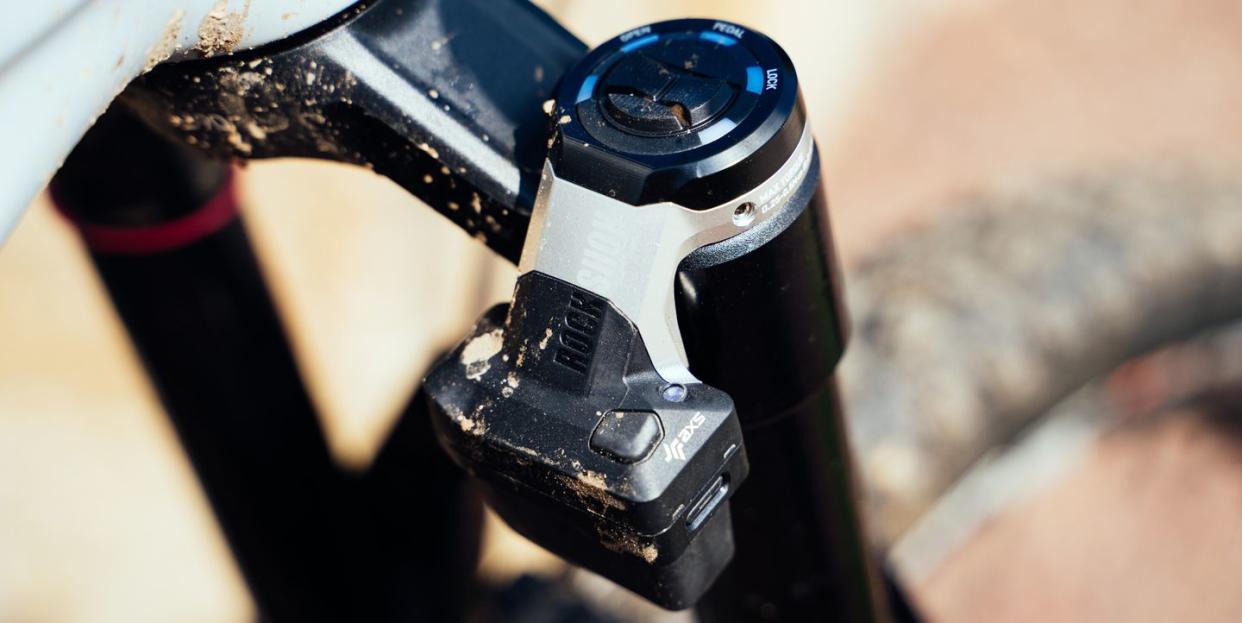
The Takeaway: Cleanly integrated, and easy to use, automatically controlled suspension that gives riders what they want: firm suspension when it is smooth, open suspension when it is bumpy or on descents.
Algorithm collects information from three sensors and automatically selects the suspension mode based on conditions.
Only offered on complete bikes at launch.
Flight Attendant equipped Pike, Lyrik, and Zeb forks get additional spring and damper refinements.
Uses the same batteries as SRAM AXS derailleurs and Reverb dropper.
Price: $9,500 to $12,500 depending on bike model.
Weight: Flight Attendant adds 308 grams to a bike’s total weight.
What Is It?
Flight Attendant (FA) is an automatic electronic accessory for some RockShox suspension components. The system consists of three wireless sensor groups—one in the fork, one in the shock, one in the cranks—and electronic actuators in the fork and shock, which switch their damping mode. FA is only available as a fork and shock system for full suspension bikes in this first iteration.
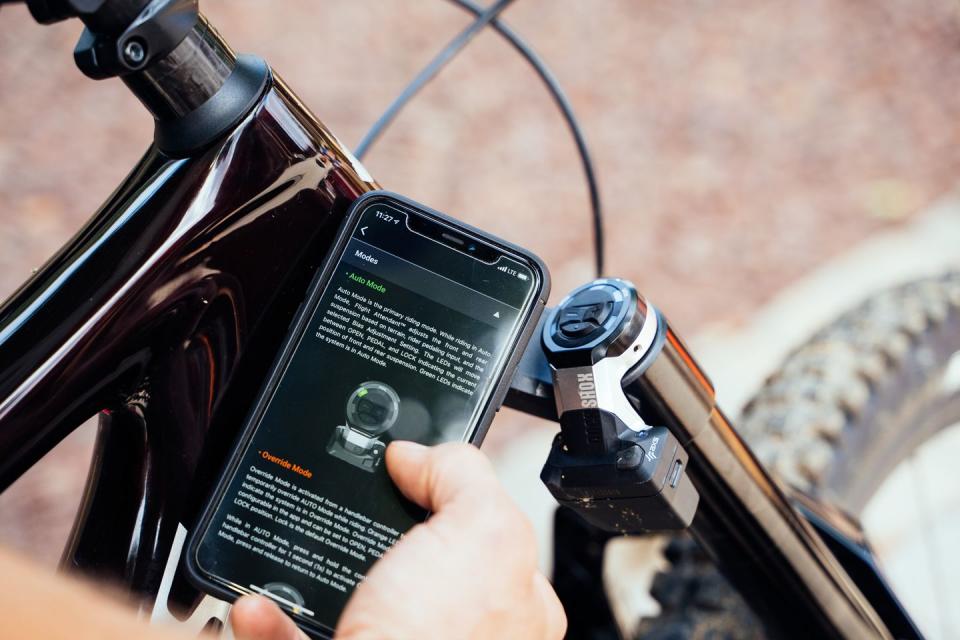
What Does It Do?
In automatic mode, FA uses its three sensor groups to collect information from the wheels, if the bike is traveling up uphill or downhill, and the rider’s inputs, and feeds that information through an algorithm to select one of three fork and shock modes—open, pedal, firm. RockShox says Flight Attendant makes, “suspension-position decisions every five milliseconds,” however, they would not tell me how fast the system can change modes. But we know that FA’s mechanism is essentially a motor that rotates the fork’s crown adjuster and the shock’s pedal mode lever, so mode switches are not instantaneous.
According to RockShox’s product manager Jon Cancellier, the high-altitude view of Flight attendant is “Open is our default: It is safe, predictable, comfortable. We are using the system to make decisions to move away from open. How the algorithm deals with the information that its receiving: That’s the secret sauce. That's the thing we spent thousands of hours developing.”
Flight Attendant mostly acts on the low-speed compression circuit, though high-speed compression comes into play in some cases (mostly in pedal and lock). It does not alter the suspension’s rebound damping or spring rate. More often than not, the system selects the same mode for the fork and shock, but in some cases, it may go into a split state: open fork/pedal shock or pedal fork/lock shock.
The rider can switch off automatic mode and switch through the three modes manually with a handlebar remote or the controls on the fork crown. When in automatic mode, the rider can override automatic mode with the handlebar remote manually lock the suspension for a short effort. The system stays in override/lock mode until the rider toggles the handlebar remote, switching it back to automatic mode.
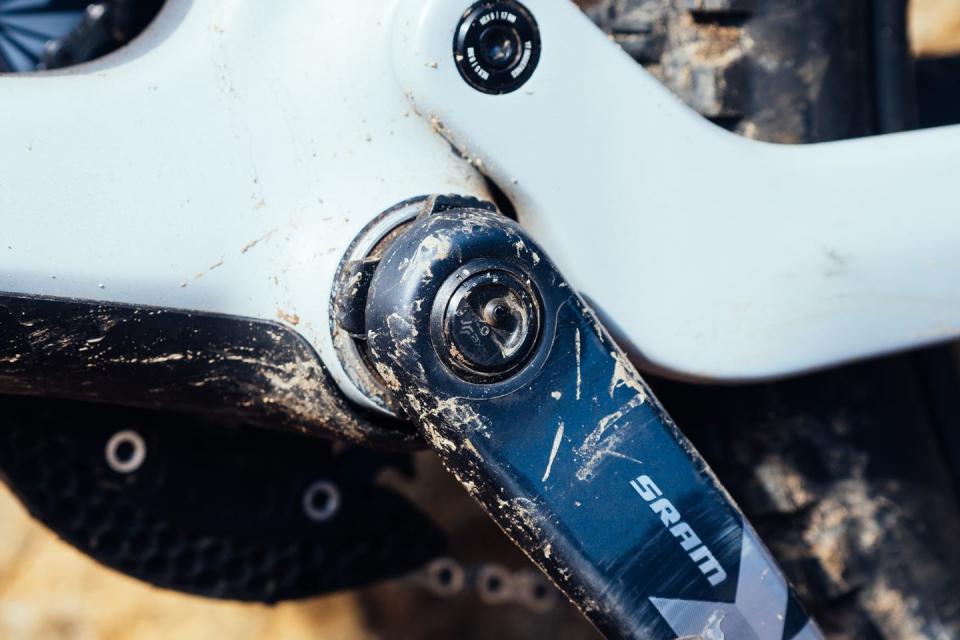
Is It Adjustable?
Air pressure, progression (with volume spacers/tokens), and rebound damping are adjustable like a standard RockShox suspension product. In addition, there are 10 virtual clicks of low-speed compression damping in the fork and shock, which you can adjust with either the fork controller or in SRAM’s AXS app.
Another adjustment is “bias.” A positive bias setting means the system is more likely to lockout; a negative bias setting means the system stays in open mode more often.
The AXS app is not necessary to use Flight Attendant, and many of the settings can be done from the fork controller.
How Do I Use It?
You set suspension sag and rebound damping like you would any other suspension bike. Once you set those, you do a simple two-step calibration. Once calibrated, you just ride: The system does its thing automatically. The system wakes up when it senses movement and goes to sleep only if the bike is still for a few minutes.
With the system in Automatic mode, you can use SRAM’s AXS handlebar controller to trigger a lockout override—say, if you want to bust out a sprint. You can also set Flight Attendant to manual mode and use the bar controller to cycle through the three modes: in this case, the fork and shock modes are synchronized.

How Long do the Batteries Last?
The FA fork and shock use the same battery (and charger) as SRAM’s AXS derailleurs and the Reverb AXS dropper post: The cadence sensor uses a lithium AAA battery, while the handlebar controllers us CR2032 coin cells. SRAM’s claimed batteries life are:
Fork: 20 to 30 hours
Shock 30 to 40 hours
Pedal sensor: 200 hours
Controller: 200 hours
If a battery dies while you’re on a ride, the system reverts to open mode.
What is the Flight Attendant Parts Menu?
There is only one Flight Attendant shock option: A Super Deluxe air. Up front, the Pike, Lyrik, and Zeb forks have a Flight Attendant option. The Zeb is an updated version of the current fork, while the Lyrik and Pike are all new forks with new chassis, a revised air spring, and less friction. The pedal sensor comes in XX1 and X01 cranks (165mm, 170mm, or 175mm length with 30T, 32T, 34T, or 36T ring). RockShox hints that cross-country parts with Flight Attendant are on the horizon.
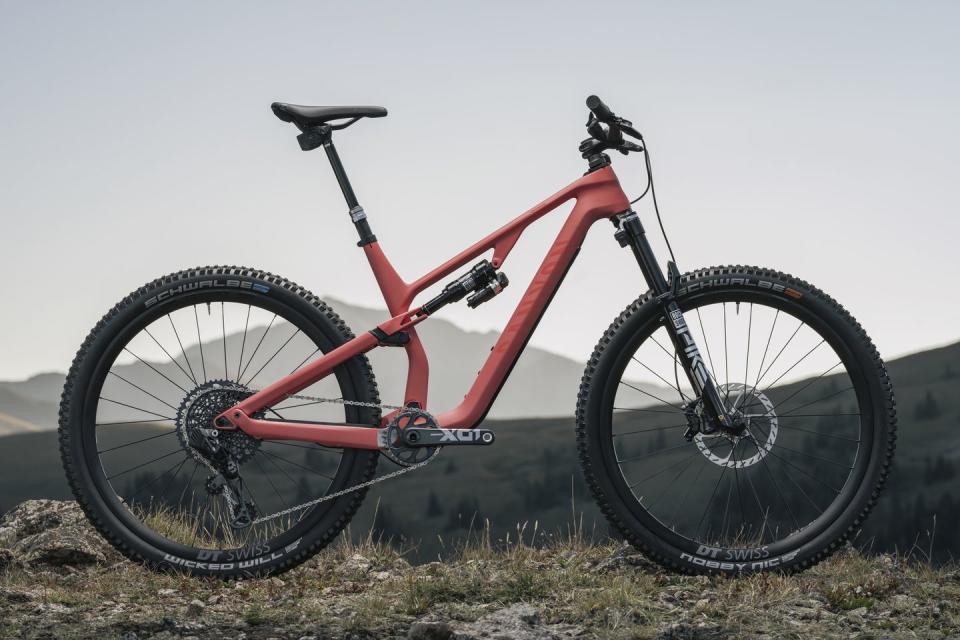
How do I Get RockShox Flight Attendant?
Currently, the only way to get Flight Attendant is to buy a bike equipped with the system. At launch, there are six bikes from four brands.
Canyon Neuron—140mm/130mm travel (front/rear), Price TBA
Canyon Spectral—160mm/150mm travel (front/rear), Price TBA
Specialized Enduro —170mm travel (front and rear), $12,500
Trek Slash—170mm/160mm travel (front/rear), $12,500
YT Jeffsy 29—150mm travel (front and rear), $9,499
YT Capra 29—170mm (front and rear), $9,499
Flight Attendant does not require any unique mounting hardware, so it is relatively effortless for bike brands to fit the system on their existing or new frames if they so choose. As brands do work closely with RockShox on optimal tuning for their bikes, and to ensure proper clearances of the FA parts on frames, Flight Attendant parts are not sold in the aftermarket at this time, even for fitting on the bikes launching with the system. In addition, there are no plans to offer FA upgrade kits for existing RockShox suspension products.
Are There Any Other Updates?
There are several fork updates rolling out with Flight Attendant. At the moment, these updates only apply to RockShox models with Flight Attendant, though I suspect they’ll find their way into non-FA forks shortly. Note again that the Zeb with FA is an update to the current fork, while the Lyrik FA and Pike FA are all new forks.
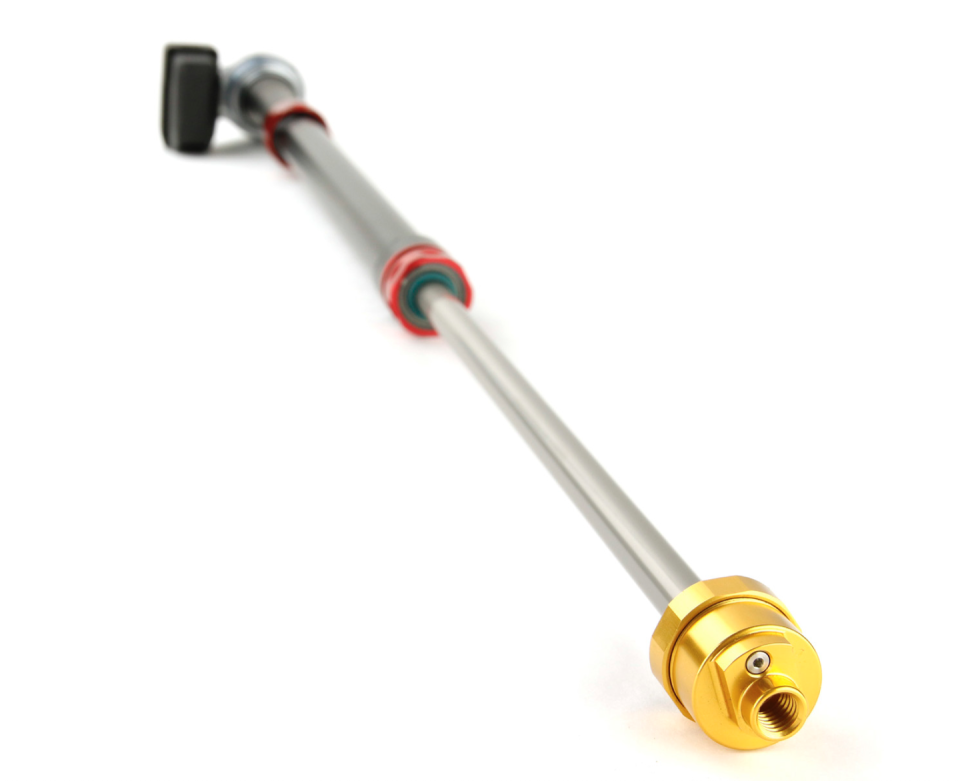
Buttercups — Inside a gold aluminum housing at the end of the damper shaft is pair of rubber pucks claimed to block 20 percent of high-frequency vibrations.
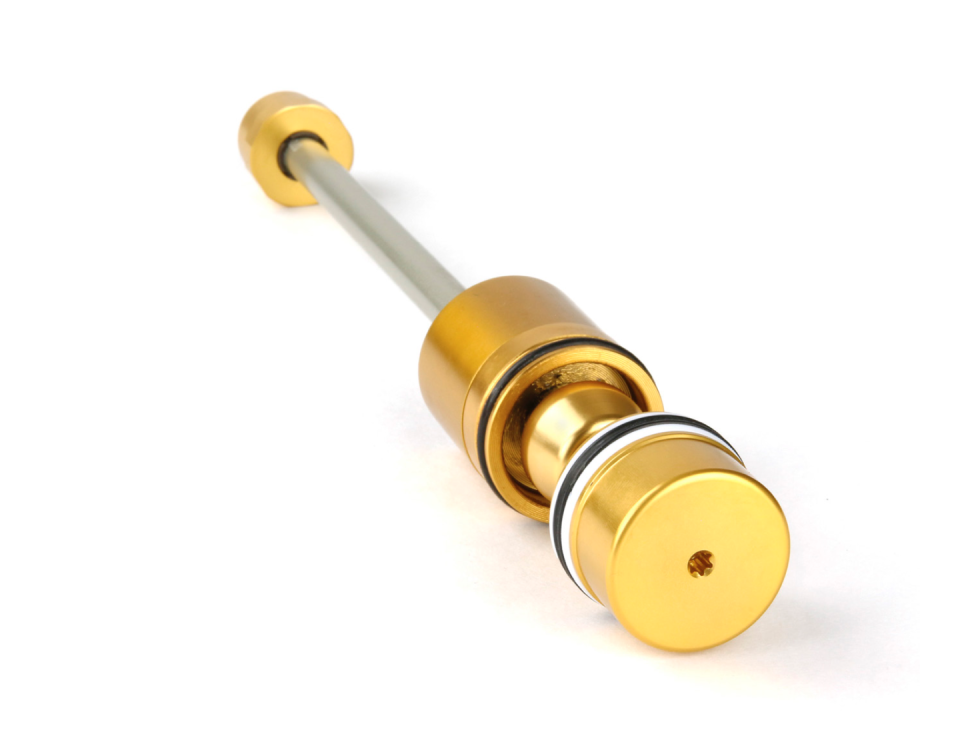
DebonAir+ — Yet another rebalancing of RockShox’s positive and negative air spring volumes. RockShox claims this generation offers, “butter-like small bump feel, increased support throughout the travel, and higher overall ride height.” This update means different things in the Zeb than it does in the Pike and Lyrik. In the Zeb, RockShox increased the negative air spring size “pretty significantly,” and reduced friction in the spring. In the new Pike and Lyrik, the overall theme is reduced friction, says Cancellier, and DebonAir+ in those forks, “is a new air spring specifically designed for the new [Pike and Lyrik].”
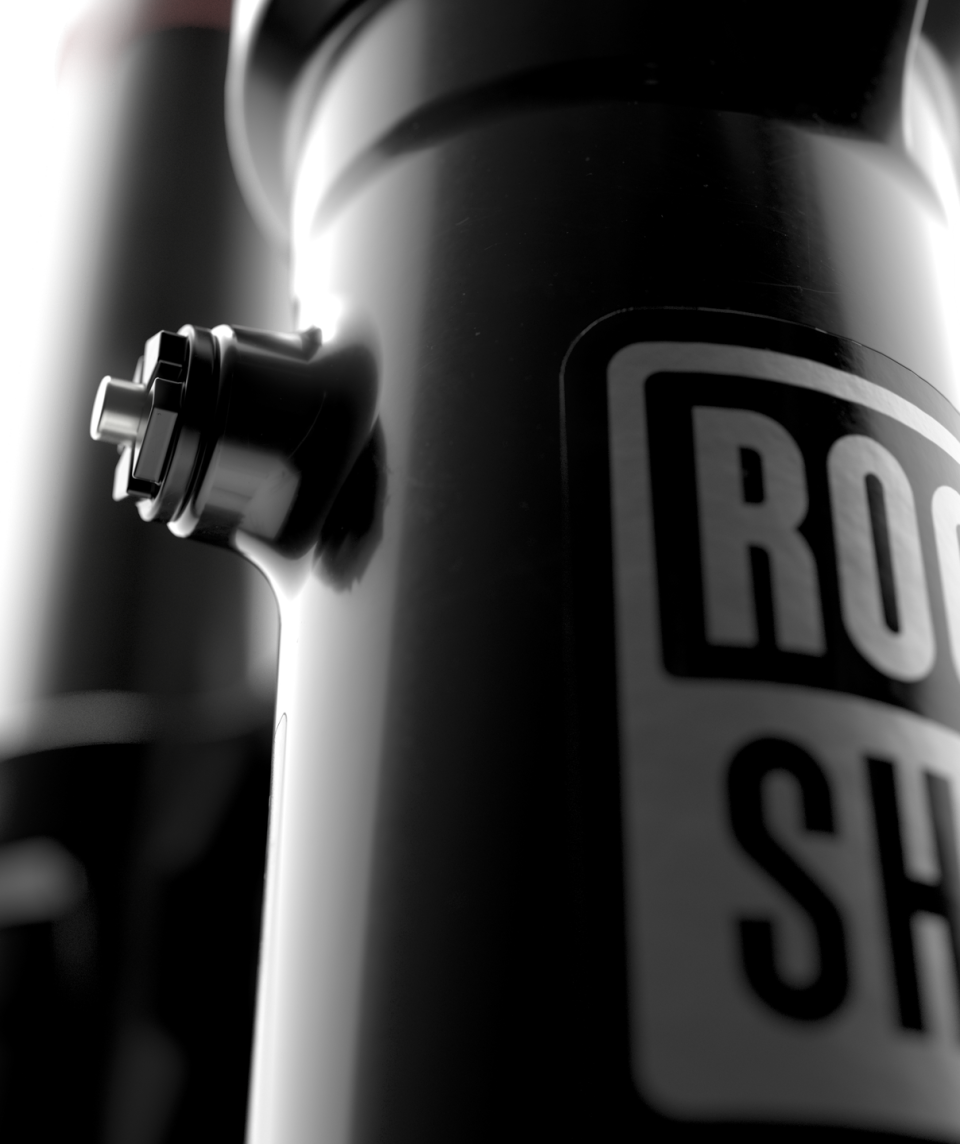
Pressure Relief Valves — Push-button valves on the back of the fork leg release high-pressure air—caused by changes in altitude or air pressure—captured in the fork lowers. The same concept as the bleeder valves launched in the latest Fox 36, 38, and 40 forks.
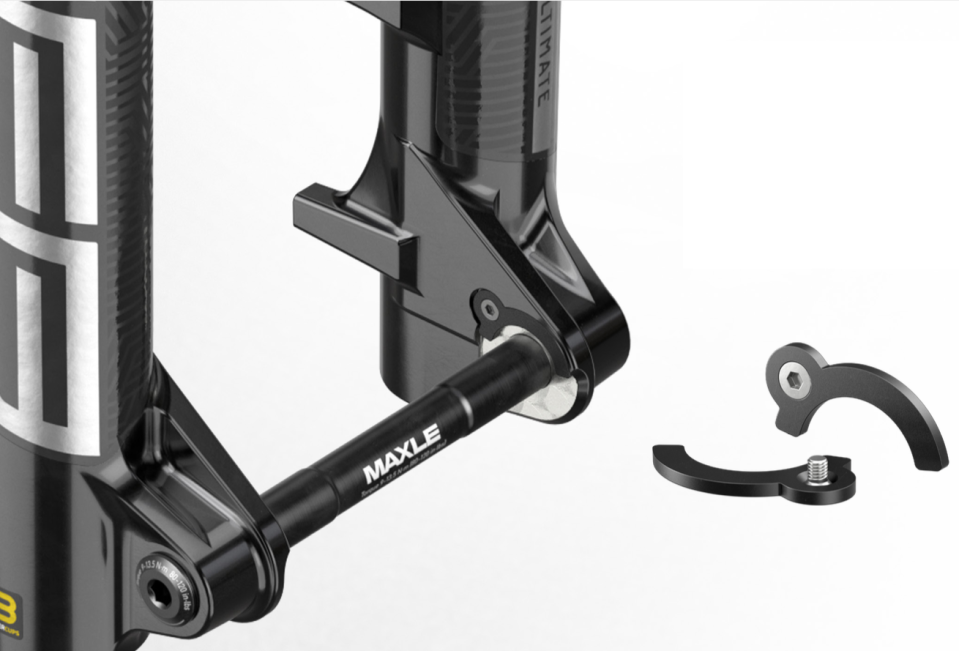
“Stiffness Reducers” — RockShox’s designed its lowers with Torque Caps in mind. These are large-diameter hub caps that increase the surface area in the fork/hub interface, which (the company claims) improves stiffness and steering precision. If your hub didn’t have Torque Caps, aligning the hub and installing the thru-axle could be tricky. RockShox now fits small removable spacers that properly align a hub with standard end caps with the thru-axle more easily.
Where Does It Go From Here?
In addition to cross country, e-bike, and aftermarket options, there’s a lot SRAM could do with Flight Attendant.
Right now, FA does not consider information from SRAM’s AXS drivetrain, the position of an AXS dropper post, or a power meter. I can’t help but think FA could make better decisions if it knew if you’d just dropped your post, or if you were pedaling lightly at 90 watts versus throwing down a 1000-watt sprint. Also, as most bikes have more anti-squat in low gears and less in high gears, what gear you are pedaling in could inform FA’s modes as well.
Also: Gravel. A full-suspension gravel bike with Flight Attendant would be amazing.
Is It the Same as Fox’s Live Valve?
In some ways, but not exactly.
Live Valve is a wired system and requires numerous fittings for the different sensors and the battery pack, so brands must design the frame around the system. Flight Attendant doesn’t require any custom attachment points so that it can be fit on almost any frame. However, Flight Attendant has three batteries to Live Valve’s one battery.
Live Valve has two modes—open and firm—while Flight Attendant has three—open, pedal, firm.
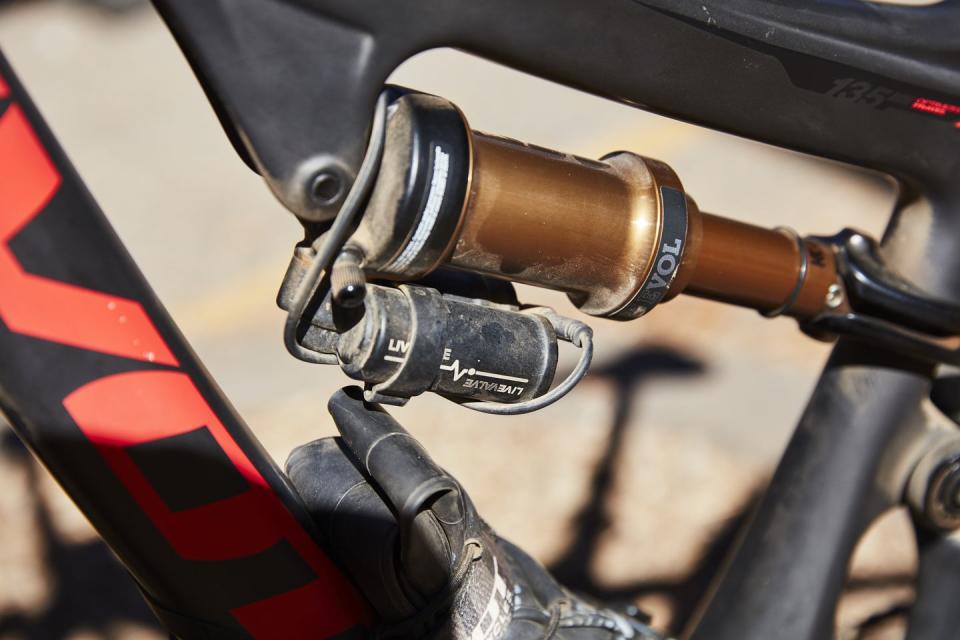
Live Valve’s switches mode in three milliseconds, which, based on my experience, is significantly faster than Flight Attendant’s mode switch delay.
Based on my impressions of riding both, the brands approach their systems from different angles: Flight Attendant’s default is open and looks for reasons to lock while Live Valve’s default is locked and looks for reasons to open.
Flight Attendant is the ultimate execution of the traditional use of a open-pedal-climb lever: Make the suspension firm for climbs and smoother sections of trail, open it up for bumps and the descents. But Flight Attendant does this automatically and quicker, and more often than a rider could manually manage a fork and shock lever.
Live Valve does make the suspension firmer in smooth terrain, but because Live Valve’s solenoid is so fast, it’s switching modes faster and more often than Flight Attendant. And Live Valve switches modes all situations: Uphill and downhill, coasting and pedaling. It will even switch modes in the air if it senses you’ve hit a jump or drop.
RockShox Flight Attendant—Ride Impressions
Three members of Bicycling’s test team have spent time on a Flight Attendant equipped bike. Tara and Dan got a day on a FA-equipped Specialized Enduro and YT Capra on trails in Pennsylvania, while I’ve had the YT Capra Uncaged 6 with me here in Durango for about a few days (though my available ride time was cut short by weather and illness).
I’m working on some timed testing to see if FA lives up to RockShox’s claims that “You’ll ride further, faster and with less energy used” on a bike with Flight Attendant: Look for that in the next print issue of Bicycling. In the meantime, here are our ride impressions.

Dan: I only got to ride SRAM’s Flight Attendant twice on a new-to-me bike, so while I want to completely get lost in tangents on the future of computer-controlled suspension for bikes. I’ll stick with my brief notes on how the system functioned on an S-Works Enduro.
In short, Flight Attendant worked well. If I wasn’t hyper-focused on what the system was doing and the novelty of it, I could have easily stopped thinking about it entirely. It did make a 170mm enduro bike feel more efficient with zero input from me. The way the system was explained to me was that the default mode is “open,” and essentially, the system looks for reasons to firm up the suspension as you ride. I could play with the algorithm’s bias in five increments to either make it faster to lockout or slower. Regardless of the settings, I could not trick the system into doing something I didn’t want it to be doing. For riders that think they could, there is a manual mode. But at that point, the system becomes essentially just an electronic wireless lockout, and while the XC racer in me is pretty dang giddy about this prospect. I think Flight Attendant will offer the most to riders with mid- to long-travel bikes who are not interested in just shuttling laps.

Tara: After only spending an hour or so on Flight Attendant, it’s hard to pass wholesale judgement and declare it a winner or loser, so consider these my first impressions. Clearly, SRAM has done quite a bit of R&D on the platform, and it comes across as a highly finished and polished product that was not rushed to market just to make a splash or to catch a hot, new trend. It is tidy, uses SRAM’s existing and intuitive phone app, and feels rather integrated on the bike. This is important to consider when thinking about whether or not you should lay down your money for this system.
On the trail, the system works as promised by RockShox. When pointed downhill, it opens up; when pointed uphill, it firms up. However, it is not simply a fully electronic auto-lockout feature; what it also does is compensate for terrain changes while riding. With every undulation in the trail, or small rock or root ridden over, you can feel a difference the bike’s suspension.
Riding the bike on some slower, chunkier trails of a bike park in Eastern Pennsylvania, Flight Attendant seemed to make adjustments sufficiently fast, without the many minor, and annoying, over-corrections I was anticipating. I am not naturally gifted at riding bicycles uphill with speed, so generally any bit of assistance I can get is appreciated. Because I didn't get much saddle time in on FA, I'm not sure if it made me climb any faster or more competently. Also, I would like to ride the system on more wide-open trails with a greater mix of rocks, braking bumps, and medium-large sized hits at speed to see if my impression of Flight Attendant would change.
Along with the feel of the system working with every bit of trail also came the noise, which to me, was a bit annoying and obtrusive. While I now expect the “whir” and “clicks” of my drivetrain clicking through gears with eTap (or now my post dropping too), I was not expecting to hear it from my suspension. Unfortunately, because the system is working constantly you hear it with *every*single*adjustment* of the suspension.
Flight Attendant is launching on longer travel enduro and trail bike models. While riding a Capra around some technical East Coast woods, I couldn’t help but wonder what this package would feel like on a shorter travel, lightweight platform—like the Canyon Neuron or YT Jeffsy—versus a purpose-built enduro rig. Based on my limited time on the system, bikes in the 130-150mm segment will benefit the most from Flight Attendant; a technology that simplifies set-up for the wide variety of trails you might ride. As for right now, those two aforementioned models are your only trail bike options with the system; I guess we’ll have to wait and see if other brands bring out some shorter travel models models with Flight Attendant over the winter and spring.
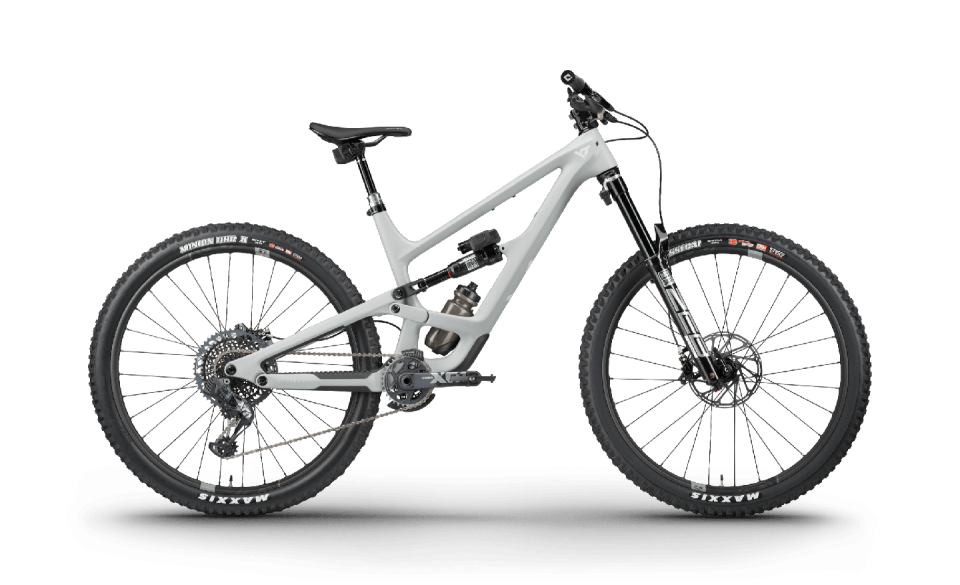
Matt/Me:
This is an impressive piece of engineering, and it is wonderfully executed: It’s small, discreet, and (potentially) fits to almost any bike. It’s easy to use and looks pretty reliable so far.
First off: Flight Attendant or Live Valve? I’ve ridden both and based on those rides, I think they’re designed for different purposes. But, overall, I think Live Valve does more, in more situations. Live Valve is also much MUCH quieter. But Flight Attendant is much simpler, more elegant, and preserves a bike’s open mode suspension characteristics for the descents.
On Flight Attendant specifically, I’ll start with my negatives. For all the impressive tech, this system is, to me, a new twist on a traditional lockout. It absolutely switches modes quicker and more often than you could do it by flipping a lever or levers by hand. Still, it is fundamentally a fancier execution of Scott’s TwinLoc, or an electronic version of Specialized's BRAIN (though BRAIN is on/off, and FA is three modes). I’m not sure we’re breaking any new ground from a performance perspective: This is all about convenience. For shorter travel bikes—which have less suspension movement when climbing—and especially shorter travel bikes with excellent pedaling manners (DW-Link, VPP, Switch Infinity), I’m not sure there's enough benefit to FA to be justify the significant premium. It’s also a bit laggy, so the first hit when the system is locked is pretty sharp. The constant ziirrp, zoorrp I had to listen to on the climbs as the system flipped modes was annoying as hell too. (I couldn’t hear it at downhill speeds)
On the positive side, convenience is a great thing, and flipping the plush, squishy 165/170mm YT Capra into pedal or lock mode on the climbs and smoother sections of the trail does make it feel crisper and more efficient. And when you get to a decent, you get the benefit of plush, unlocked suspension without doing anything. The biggest reason I typically don’t use lockout is that I’ll forget I’ve got it on and start a descent with my suspension locked. Also, most of my climbs are not consistently smooth, so I don’t want to bother flipping my fork and shock into and out of lock every hundred meters or so. Because of that, I just leave my suspension open. With FA, the system flips the system into the mode I’d select if I wasn’t so lazy, and flips in and out of the different modes much quicker than I could on my own and without any input from me. I get the benefit of firm suspension for those smooth sections, and the benefit of sensitive suspension when I hit those bumpy bits on the climbs.
So, from the perspective of bike feel, convenience, and perceived benefit, I think FA is a win. I also think it makes a ton of sense for the rider who does a lot of pedaling and climbing on a longer travel bike, especially those with lower anti-squat values. It also might make a longer travel bike more appealing to the rider interested in their capability, but concerned about the climbing manners that often accompany plush long travel bike.
You Might Also Like

